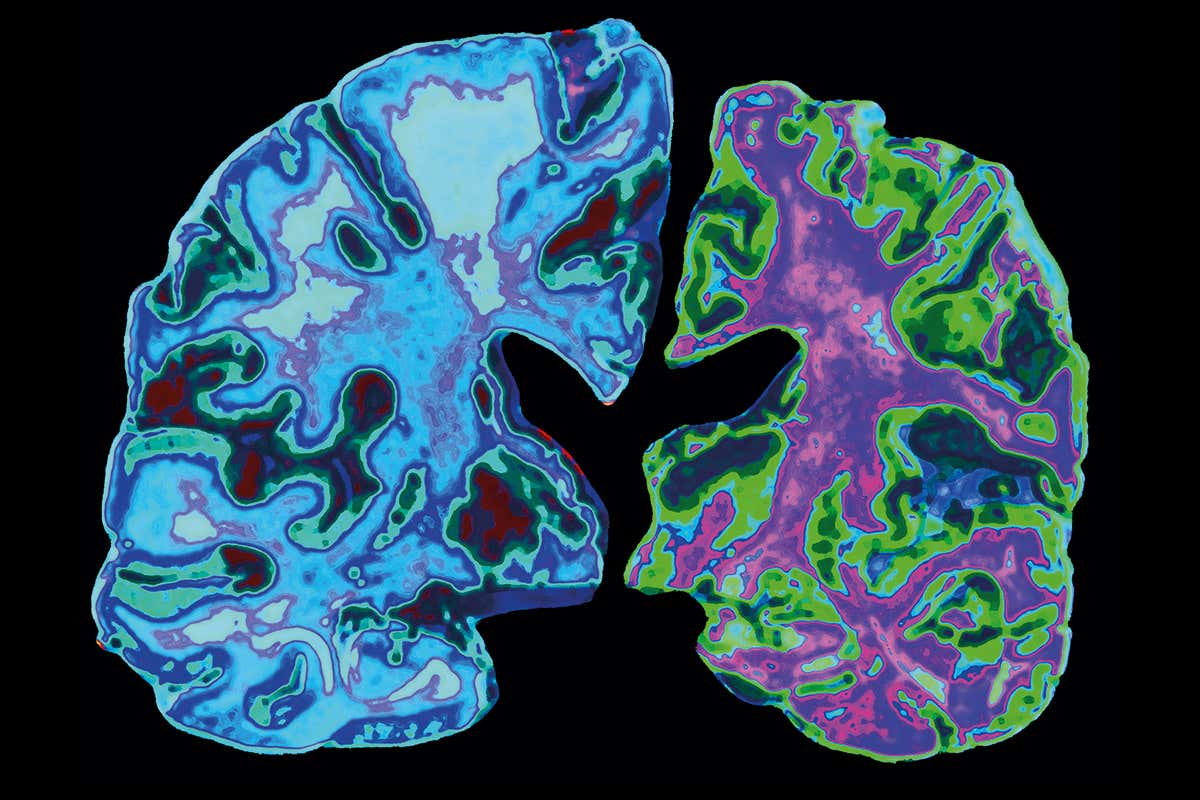Within the first few weeks of the coronavirus pandemic, it was declared to be respiratory distress causing suffocation and breathing difficulties. Hundreds of cases reported how people were unable to breathe, had extremely low saturation levels, and in a dire need of a ventilator. But within a few weeks, health experts came to know about a different representation of the virus which not only targets the lungs but also the heart, kidneys, GI tract, and nervous system. It is medically termed “Multisystem Inflammatory Syndrome in Adults” (MIS-A), a group of severe COVID-19 symptoms, which was initially observed in children only.
These COVID-19 symptoms which were only seen in children are now showing up in adult patients, according to doctors. The characteristic sign of coronavirus is fever which may show up along with skin rashes, chapping, pain in the chest, skin discoloration, and disturbed GI tract.
Also read- Living with a Partner at High Cardiovascular Disease Risk
It is also possible for some patients to experience muscle pain and an overall ‘unwell’ feeling where they feel their bp and sugar levels are dropping, the heart is beating fast and they need emergency care.
The children version of this same condition is called MIS-C which is confirmed in thousands of children and caused 20 deaths reported in the US. The first case of MIS-A is currently under treatment and the U.S. Centers for Disease Control and Prevention has issued new outlines regarding this MIS in adult patients. This analysis is published in the Morbidity and Mortality Weekly Report by CDC.
This report talks about 27 cases with confirmed MIS-A symptoms shown up in the patients of age 21 years old to 50 years old. Nearly 10 of these patients were eventually shifted to the ICU and two of them lost their lives.
There is a clear difference between standard COVID-19 symptoms and MIS-A, doctors believe. And in most cases, these MIS-A patients end up having multiorgan dysfunction and it is possible for them to show no other sign of COVID-19.
Some of the health experts believe that probably this explains why many COVID-19 positive patients don’t exhibit the standard signs yet end up at hospitals with severe complications often involving other organs.
Some MIS-A patients, despite being tested for the coronavirus without the standard respiratory symptoms had absolutely no idea that is infected or at high risk of organ failure. However, within a few weeks or months, many of them had to rush to a hospital with extreme complications.
Also read- Will Coronavirus Infection Become Seasonal?
Health experts believe it is extremely hard to establish the complete timeline for MIS-A patients as there is absolutely no way to find out when doing these symptoms show up after being infected. The coronavirus antibodies care remain active inside the blood for a maximum of two months period so the best presumption is that it takes nearly 4-6 weeks to show up. However, it can also show up after 3-4 months as observed in some of the patients. So there is no absolute way to determine the infection in MIS-A patients.
This estimated timeline of MIS-A in patients also reveals an interesting thing. It shows that perhaps these complications aren’t directly driven by the virus and are actually a response of the body’s immunologic response after infection. The chances are rare but it is better to be watchful during these days when coronavirus cases are on rising again.


